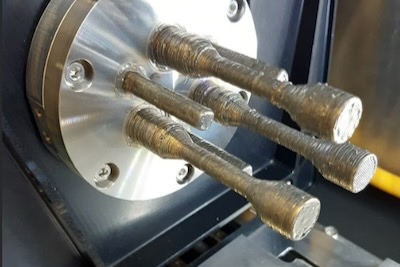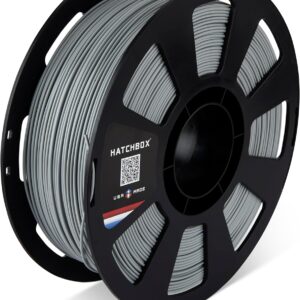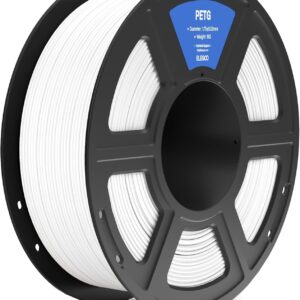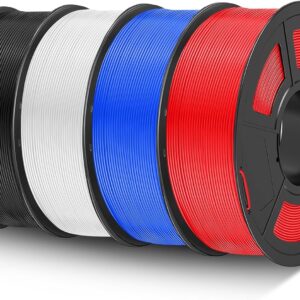The Apollo 13 lunar mission did not go as planned. After an explosion blew part of the spacecraft away, the astronauts spent a harrowing few days trying to get home. To keep the air breathable, the crew once had to cobble together a converter for ill-fitting CO2 scrubbers out of duct tape, spacesuit parts, and pages from a mission manual.
They didn’t make it to the moon, but Apollo 13 was a masterclass in hacking. It was also a grim reminder of how alone astronauts are once their spacecraft takes off. There are no hardware stores in space (yet). What fancy new tools will the next generation of space hackers use? A decade ago, the first 3D printer for producing plastic parts arrived on the ISS. This week, astronauts will receive the first metal 3D printer. The machine was scheduled to arrive at the ISS on Thursday as part of the Cygnus NG-20 resupply mission.
The first 3D printer to print metal in space (pictured here) is on its way to the ISS. Image source: ESA
The printer, built by an Airbus-led team, is about the size of a washing machine – small for metal 3D printers but large for space exploration – and uses high-power lasers to liquefy metal alloys at temperatures of over 1,200 degrees Celsius (2,192 degrees Celsius). Fahrenheit). Molten metal is deposited in layers to create small (but hopefully useful) objects such as spare parts or tools.
Astronauts will install the 3D printer in the Columbus laboratory on the ISS, where the team will make four test prints. They then plan to bring these objects home and compare their strength and integrity to casts made under Earth’s gravity. They also hope the experiment shows that the process, which requires much higher temperatures than previous 3D printers and harmful fumes, is safe.
“The metal 3D printer will open up new manufacturing possibilities in orbit, including the ability to produce load-bearing structural parts that are more resilient than a plastic equivalent,” said Gwenaëlle Aridon, senior engineer at Airbus, in a press release. “Astronauts will be able to directly create tools such as wrenches or assembly interfaces that could connect multiple parts together. The flexibility and rapid availability of 3D printing will significantly improve astronauts’ autonomy.”
 One of four test prints planned for the ISS mission. Image source: Airbus Space and Defense SAS
One of four test prints planned for the ISS mission. Image source: Airbus Space and Defense SAS
Since the machine takes nearly two days per print job, it’s hardly a speed demon and the printed objects will be rough around the edges. After the first demonstration of partial gravity 3D printing on the ISS, the development of technologies suitable for orbital manufacturing was slow. However, as the ISS nears the end of its lifespan and development of private space stations and other infrastructure projects advances, the technology could find additional uses.
The need to produce items on demand increases the further we travel from home and the longer we stay there. The ISS is relatively close – just 200 miles above – but astronauts who want to explore the Moon or Mars and establish a more permanent presence there will need to repair and replace anything that breaks on their mission.
More ambitiously and even further afield, metal 3D printing could contribute to ESA’s vision of a “circular space economy” in which material from old satellites, spent rocket stages and other infrastructure is recycled into new structures, tools and parts as needed.
Duct tape will undoubtedly always have a place in every space hacker’s toolbox – but a few 3D printers to produce plastic and metal parts on the fly certainly won’t hurt the cause.
Photo credit: NASA










